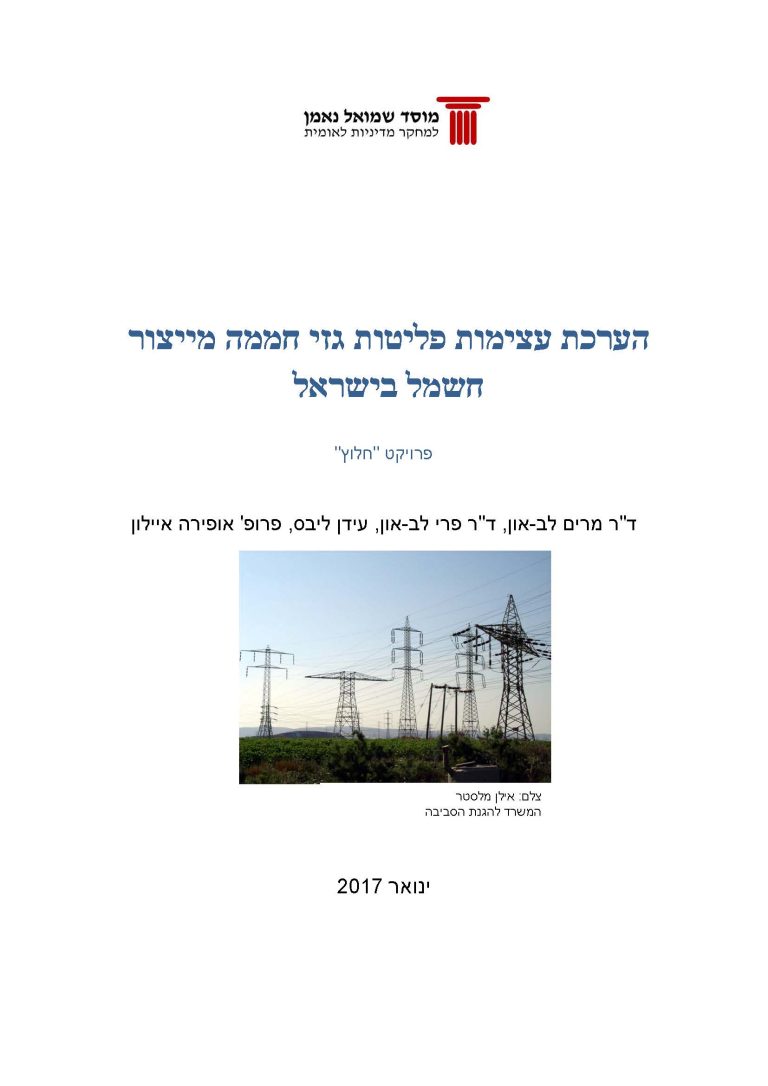The Israeli energy market undergoes tremendous changes in recent years. While the vast majority of electricity was generated at Israel Electric Corporation’s (IEC) sites, in recent years independent power producers (IPP) are increasingly gaining market share. The fuel mix used for electricity generation in Israel in recent years has also radically shifted, with the natural gas share increasing up to about 50% of the electricity generated in 2015.
According to the guidelines for calculating greenhouse gas (GHG) emissions from energy sources for the voluntary GHG reporting registry in Israel, direct emissions (Scope 1) of the electricity production should be distinguished from the indirect emissions (Scope 2) associated with the electricity consumption. The IEC calculates annually the weighted average emission factor for generating electricity at its production sites for the Ministry of Environmental Protection’s voluntary GHG reporting registry, which does not account for the IPP’s share of electricity that is also supplied to the national grid.
The guidelines for calculating indirect GHG emissions emphasize the importance of selecting the emission factor that matches the sources of the electricity consumed. According to data by the Public Utility Authority (PUA) – Electricity, the share of electricity generation by IPPs has increased from 8% in 2012 and is expected to reach 40% by 2020. Therefore, as the market penetration by IPPs expands, so is the importance of distinguishing between the emission intensity (emission factor) of electricity sourced directly from an IPP (contractually) and the GHG emission intensity of the national electric grid.
The objectives of this report are:
- Briefly review changes in GHG emissions as a result of the introduction of IPPs into Israel’s electricity market
- Suggest alternative methodology options for calculating the weighted average emission factors for the total electricity supplied though the national grid












